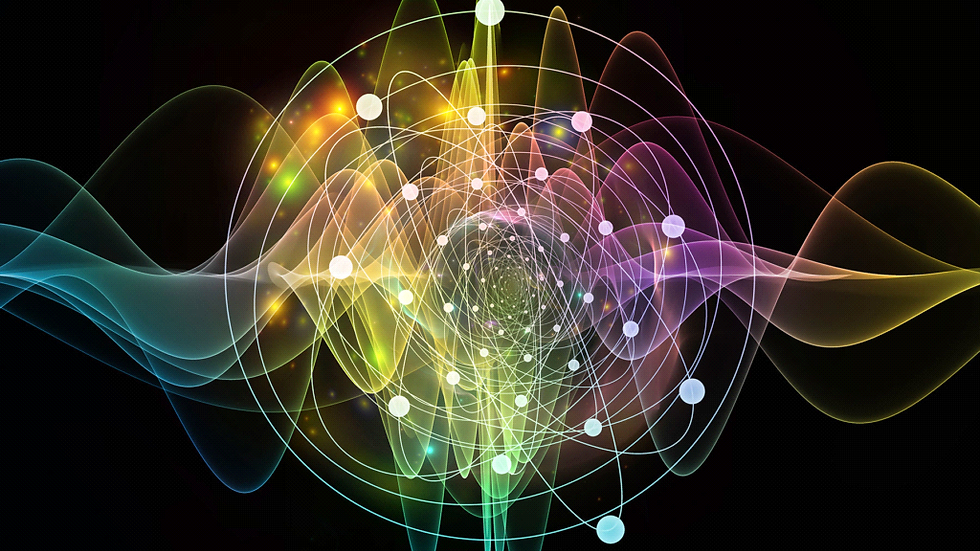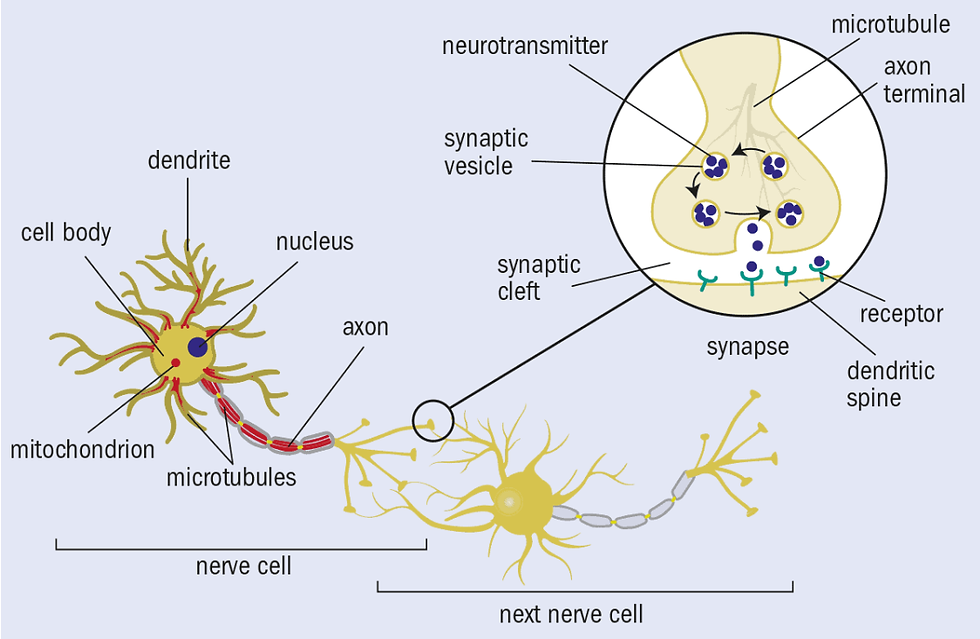●Quantum phenomena
- 人工進化研究所(AERI)

- May 19, 2023
- 1 min read
Quantum Artificial Intelligence:
Consciousness-driven bio-computer
with quantum interference-controlled BMIVLSI implemented in cranial nerves
Physicist Brain Scientist Visiting Professor of Physics,
California Institute of Technology
Ph.D. & Dr. Kazusho Kamuro
AERI:Artificial EvolutionResearch Institute
1200 East California Boulevard Pasadena, California 91125

●Quantum phenomena
In quantum biology, the quantum effects of superposition, coherence and decoherence, tunnelling, and entanglement play an important role.
Mathematically, a physical system – for instance an atom or photon – is described by a quantum state that contains all the information about it. Superposition is a property of the quantum world that allows a physical system to exist in two or more quantum states, until a measurement is made on it. The non-intuitive phenomenon prompted Erwin Schrödinger’s famously ubiquitous thought experiment where a cat in a box is simultaneously dead and alive until an observer looks in the box. Quantum coherence quantifies this relationship of states in a superposition. And its counterpart, decoherence, describes the loss of such quantum effects.
Quantum tunnelling, meanwhile, involves a particle passing through an energy barrier despite lacking the energy required to overcome the barrier, as would be defined by classical physics.
The phenomenon is not fully understood theoretically, yet it underpins practical technologies ranging from scanning tunnelling microscopy to flash memories.
Finally, quantum entanglement allows two particles, such as photons or electrons, to have a much closer relationship than is predicted by classical physics. Over the years, it has played a central role in quantum technologies such as quantum cryptography, quantum teleportation and networks for distributing quantum information. Over the past decade, physicists have been able to transmit pairs of entangled photons over increasing distances, both in the air and along optical fibres.



Comments